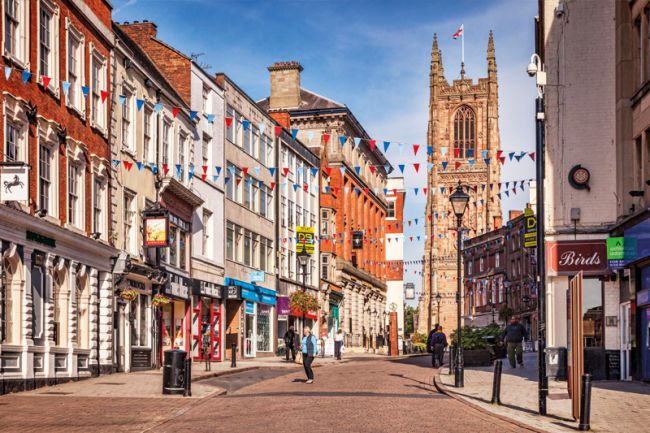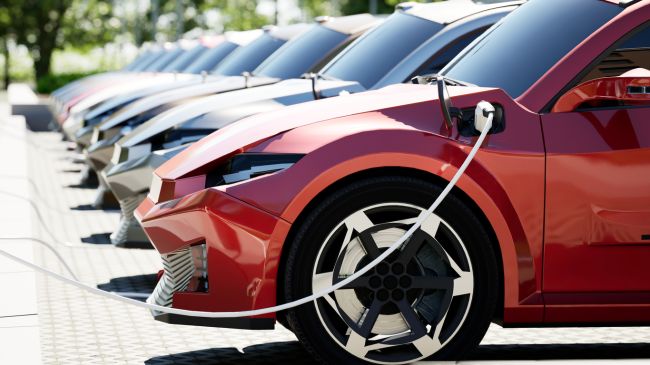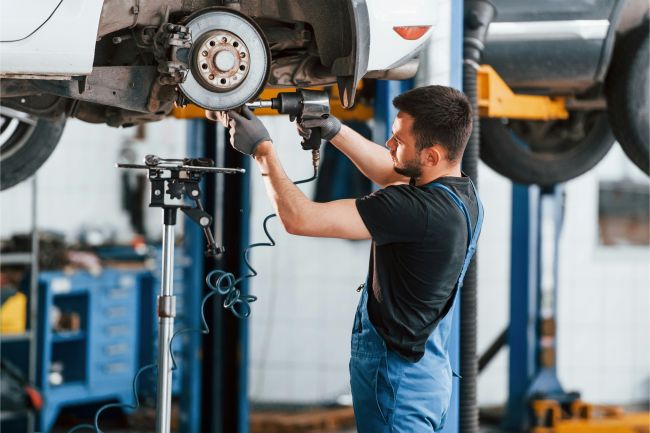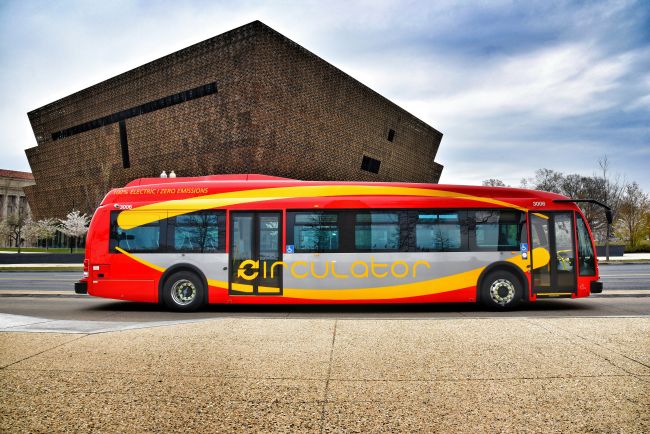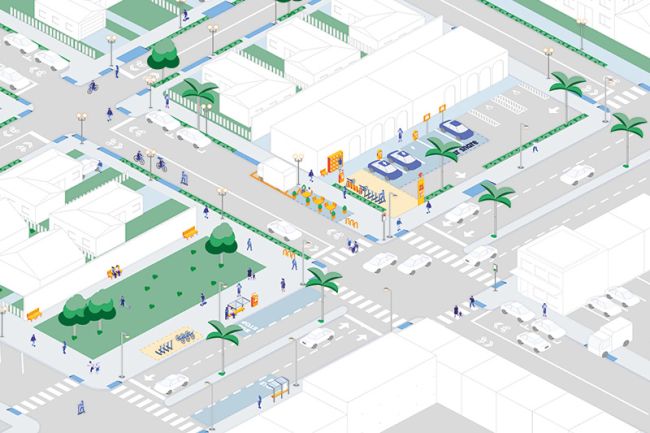Bus technologies: what’s the right choice for your city?
Across the world there is growing interest in the use of clean and sustainable alternatives to diesel power for buses.
Across the world there is growing interest in the use of clean and sustainable alternatives to diesel power for buses. The common driving factor is the environment. Although buses are rightly perceived as a relatively environmentally friendly means of transport, the concentration of buses in cities mean that in absolute terms they can be a significant contributor to local pollution with negative health impacts. On top of this, there is the goal to reduce carbon emissions and, in some places, lessen dependency on imported oil-based fuel.
Across Europe legislation on air quality standards is a key factor behind the introduction of new bus technologies. The potential for imposition of fines for exceeding air quality standards is a driver for change.
Bus manufacturers have been actively developing new products to tap into this growth sector. A variety of solution have been advanced including alternative fuels (bio-diesel, bio-methane/CNG and hydrogen), diesel-electric hybrids with energy storage capability (batteries, ultracapacitors or flywheels), or full electric (battery, opportunity charge or trolleybus). At the same time there have been marked improvements in the environmental performance of diesel engines as a result of progressive tightening of regulations, with the latest Euro VI standards delivering ultra-low PM and NOx emissions.
The various options are at different stages of development, from relatively mature to cutting edge. The pace of progress, particularly in batteries, creates uncertainty about their ultimate whole-life cost and long term performance. Given the significant life of both buses and supporting infrastructure, choosing the wrong technology option could have serious financial implications.
Steer Davies Gleave has been assessing the case for introducing new bus technologies in Europe and Latin America. The choice is far from straightforward. Potential environmental benefits are clearly to the fore, but it is important to make any comparisons against an up to date benchmark, rather than legacy standards of the assets being replaced. Ultimately the solution also needs to be affordable for those bearing the cost, either as operators, users of the service, or parties funding any required subsidy. In financial terms, options need to be evaluated on a life cycle cost basis, taking account not just of initial capital expenditure but also of energy and maintenance costs, potential life of assets and frequency of renewals. The locally appropriate discount rate used in these assessments can have a marked impact on the results.
What our work tells us is that there is no one technology suitable for application in all circumstances. What might be right for one city need not necessarily be the best solution elsewhere. Local characteristics, including topography, climate (particularly ambient temperature), typical bus speeds, stop frequency and load factors all have a substantial influence on performance and so technology choice. Hybrids are widely reported to achieve fuel savings but the evidence is that these can vary greatly depending on the characteristics of the route and the type of buses being replaced.
Many policy makers want zero emissions at the point of use. This, however, does not necessarily translate into zero or low emissions elsewhere. For example, having a high proportion of hydro-electric generation achieving genuine zero emissions may not be a challenge, but relying on electricity ultimately generated by fossil fuels could result in more pollution overall than using a diesel engine once transmission and distribution losses are taken into account.
Range is a limiting factor for any stored energy buses. The need to charge battery powered vehicles in the depot can place a severe strain or even exceed the capacity of the local electricity supply. Options such as opportunity charging have been investigated to both extend operations and enable smaller, lighter batteries. However, the infrastructure required has restricted capacity opportunity charging can introduces operating inefficiencies, such as extending layover times. Trolleybuses avoid the need for charging, but need overhead line and substations which limits operational flexibility. And, of course, whatever the vehicle technology all infrastructure comes at a cost.
Vehicle weight implications also need consideration. Even conventional diesel buses can come close to or exceed normal axle load restrictions when fully loaded. Almost all alternative technologies carry a weight penalty ranging from 120kg for a 12m CNG bus to 3 tonnes for a battery bus equivalent. As a result passenger capacity is reduced, potentially requiring more buses, and pavement damage increased, which can be particularly relevant for BRT operations.
As well as environmental benefits, cleaner bus technology can be helpful in promoting the image of public transport in certain markets. Lothian Buses in Edinburgh experienced substantial passenger growth from its targeted deployment of hybrid buses combined with clever marketing. In London, customer satisfaction with hybrids is reported to be higher, boosted by a smoother, quieter ride.
What have we concluded from our work?
- First, alternative technologies can have an important role to play in reducing emissions in environmentally sensitive areas and reducing carbon emissions.
- Second, there is no ‘one size fits all’ alternative to the diesel bus and this is likely to remain the case over the asset life of any bus bought within the next few years.
- Third, each city will have to find its own solution that is suited to its topology, the way its network operates and level of passenger demand.
- Fourth, while technology is developing rapidly many of the claimed benefits remain unproven in fleet-wide application. There is a massive leap between small demonstration projects and practicalities of wider roll-out.
- Finally, for many cities cleaner diesel buses are likely to remain a strong contender, especially when ensuring affordability for users is a core consideration. This just doesn’t mean new buying new buses: retrofitting existing buses with emission reduction systems can be particularly cost-effective.
Our research leads us to believe that the next few years are likely to see more widespread adoption of alternatives to diesel powered buses. The question is, what is the right solution for your city?
